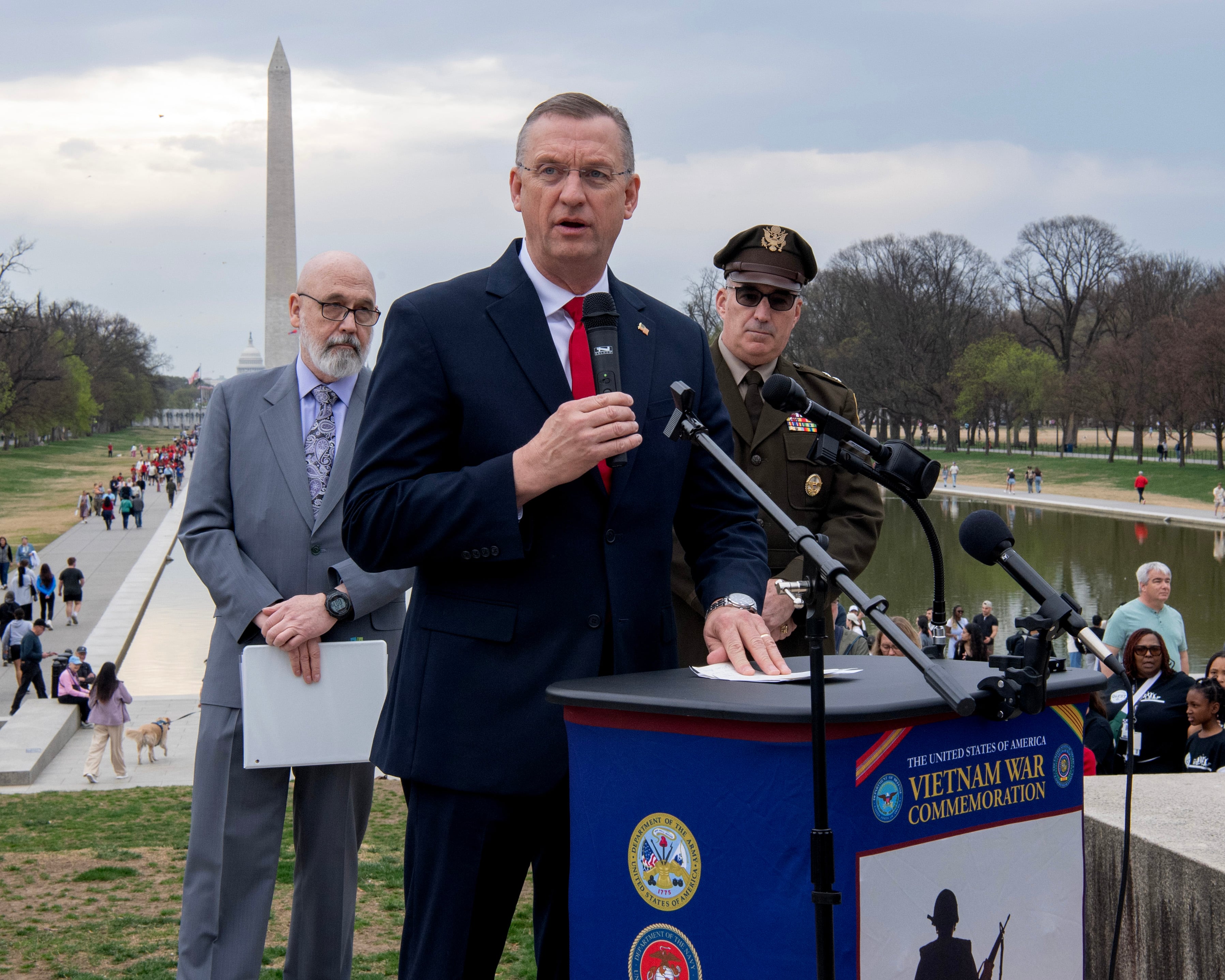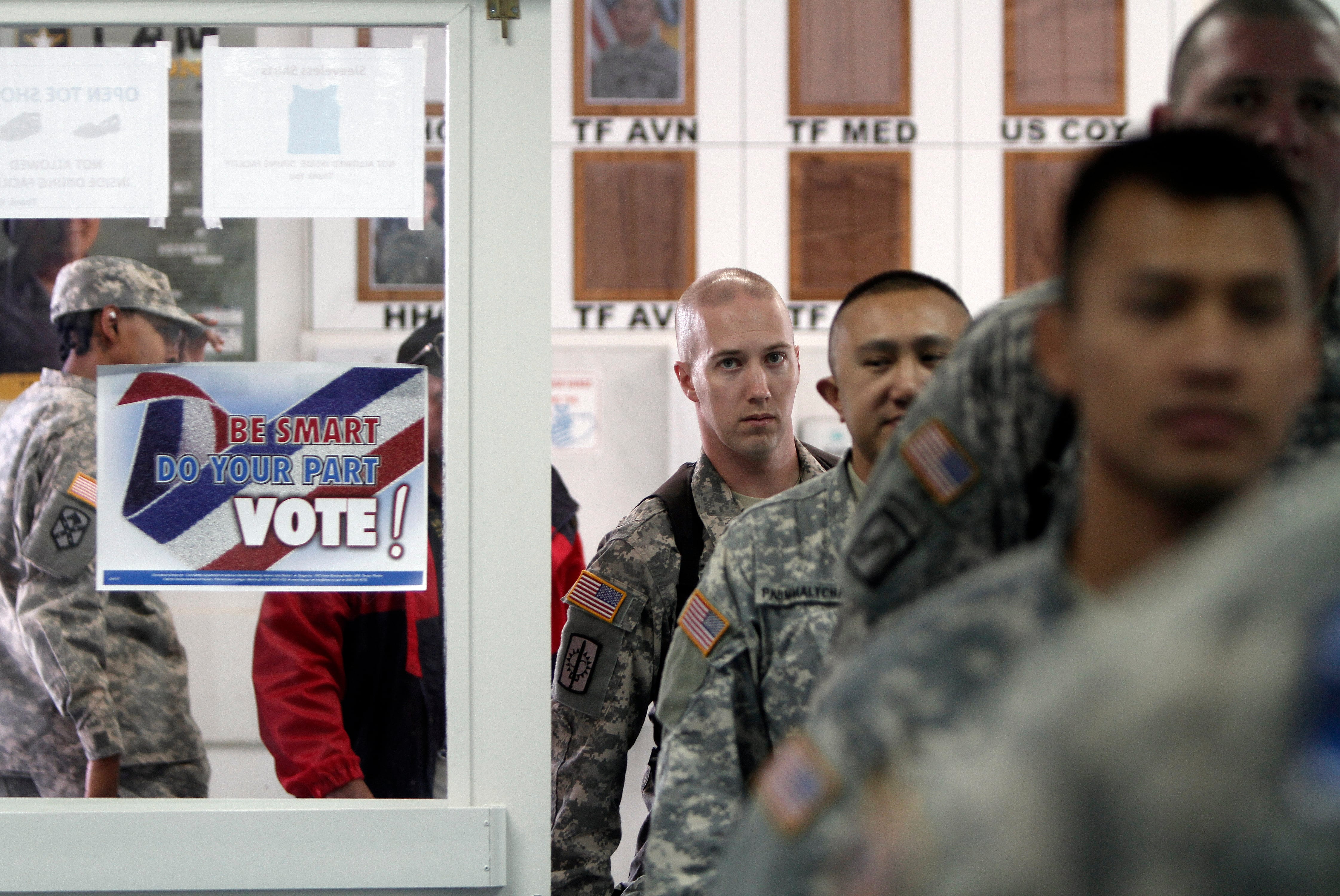The world is heating up — and that offers some new and exciting port visits for sailors. Nowhere is that more true than in Southeast Asia.
With China growing assertive about its territorial claims, nations across the Pacific are getting nervous.
"We are finding that due to the events as they evolve in the Pacific, Southeast Asian countries, they want to see us more," said Adm. Jon Greenert, chief of naval operations, in an all-hands call in Bangor, Washington.
Greenert said this is going to translate to more ports for sailors, including some up and coming locales like Indonesia, Vietnam and Micronesia.
Greenert was responding to a sailor's question about port visits that referenced previous Navy Times coverage about emerging ports in the Western Pacific.
Chinese moves have shaken the region, including China's deployment of an oil rig about 100 miles off the coast of Vietnam and a continuing standoff with the Philippines over a remote island chain.
The situation isn't dire, experts say, but it could get worse. In a break from international norms, China has claimed virtually all of the South China Sea as its exclusive economic zone, where they have sole rights to activities like oil drilling.
China's claims overlap with those of almost every country in Southeast Asia: the Philippines, Malaysia, Vietnam and Indonesia, to name a few.
The recent clashes and bluster from China over territories could signal heightened tensions between the U.S. and China, said Stephen Long, a professor of international studies and political science at the University of Richmond, who has studied the rise of China.
Long said President Obama's so-called "pivot" to Asia, a renewed focus on the United States as a Pacific power, has China on edge.
"What the president saw as a sign of caution — a long-due awareness of China's rise and its impact on the region — the Chinese have interpreted as an upsetting of the status quo," Long said. "More than anything the Chinese would like to maintain the status quo, because it has worked out well for them."
These maritime standoffs mean sailors can expect some tense moments on Western Pacific deployments.
But it's also an opportunity for awesome port calls in parts of the world that were closed to the idea of a U.S. military presence, Greenert said.
"When I was the commander of the 7th Fleet in 2006, I would have given anything to get a port visit in Indonesia — somewhere, anywhere — but couldn't do it," Greenert said. "So we sent the Navy Band down there in civilian clothes and played a concert. It was great. We sent them back down in uniform. ... Then they said, 'OK, you can bring a ship in — a little one.' So we sent a frigate; that got things started."
One country sailors are visiting more frequently is the Philippines, which recently signed an agreement that expands base access to the U.S. military.
Greenert listed eight destinations by name:
Brunei. The tiny, oil-rich nation, smaller than the state of Deleware, has close ties to the U.S. And it's an outdoors paradise. Check out the breathtaking Ulu Temburong National Park, or take some time to go scuba diving. The crew of the littoral combat ship Freedom visited Brunei in November.
The Philippines. The U.S. undertook a huge relief effort last year in the Philippines when a typhoon devastated the island nation. Engagement has continued there with Seabees and Marines, as well as several port visits for WESTPAC ships in the area, like the destroyer John S. McCain, which moored in Subic Bay in June.
If you stop there, take the 1.5-hour trip to from Subic Bay to Manila — one of the world's great capitals. History buffs should check out Fort Santiago, built by Spanish conquistadors in the 16th century. Also sample some lamb adobo or, for the adventurous, kamaro (Sure, it's crickets, but it's supposed to be good.)
Indonesia. Jakarta, recently visited by the amphibious command ship Blue Ridge, is another capital to sightsee. The flea market in the Menteng neighborhood has everything from wood carvings to old vinyl records. Bring your best bargaining skills to avoid getting ripped off.
Thailand. If you end up in Phuket, like the carrier Nimitz or the cruiser Princeton have recently, you are in luck. The beaches are amazing and the food, incredible. If you are a beach bum, check out Laem Singh, a cape walled in by cliffs that has a reputation as less crowded than other beaches.
Vietnam. The John S. McCain also recently visited Da Nang, Vietnam, where sailors got a rare opportunity to see our foe turned partner in the Pacific. McCain's sailors played volleyball with Vietnamese People's Navy sailors. Greenert described our approach to engagement with Vietnam as "slower" and "more cautious," but there is little doubt that Vietnam wants the U.S. to act as a bulwark against China.
If you make it to Da Nang, check out the Marble Mountains. Visitors can climb 156 steps up one of the mountains and visit a giant statue of Buddha carved into one of mountains – limestone, not marble. You can also take in the view and ponder how far our relations with Vietnam have come since the 1970s.
Palau. The destroyer Higgins was lucky enough in February, 2013, to stop by the remote island nation, which offers world-class snorkeling and enchanted beaches. Among Palau's culinary best is fish broiled in a banana leaf. The brave can try fruit bat soup — yes, whole bat cooked in coconut broth.
Malaysia. Sailors are frequent visitors to this country that borders the strategically important South China Sea. Sailors from the destroyer Pinckney stopped by in June and played the kick volleyball game takraw with Malaysia sailors. Check out the 88-story high Petronas towers in Kuala Lumpur or visit the mountains of Kota Kinabalu.
Greenert also highlighted South Korea, and said almost anywhere in Southeast Asia, "spilling over into the Indian Ocean," offers potential port calls in the future.




